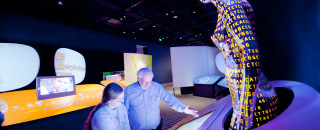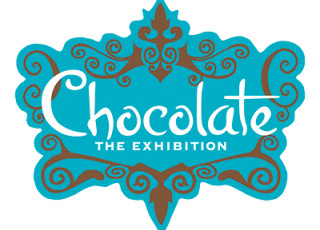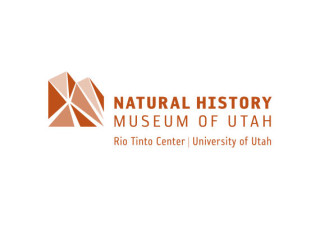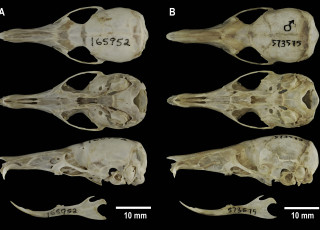Genome: Unlocking Life's Code
Do you have your mother’s dimples or your father’s red hair? How do we inherit those traits, and how are we connected to all living things? Families will learn the answers to these questions and experience how scientists have unlocked the mysteries of the human genome, at a new traveling exhibit on display at the Natural History Museum of Utah at the Rio Tinto Center.
Genome: Unlocking Life’s Code, will run May 21 through Sept. 5, 2016.
The high-tech, high-impact exhibit includes:
- Fun participatory citizen science activities for children including taking a DNA cheek swipe and mixing it with a solution that actually isolates and shows the person’s DNA. Children can also use real geneticist’s lab tools to create art.
- A Trait Tree featuring photos of Utahns with traits such as dimples, attached ear lobes, widow’s peaks, and the ability to curl one’s tongue. Visitors can add their own information to the exhibit regarding these traits and have their photo taken and added to the data base.
- Cutting-edge genomic research that has revolutionized disease prevention and health care, and videos that tell the stories of real people, including Utahns, who have been helped by the research.
- Compelling interactive displays that tell how genome research has unlocked the world’s understanding of its history, medicine and evolution of species
- Local scientists will be on hand to answer questions in the “Genome Zone.”
“We were very excited to bring this exhibit to the museum, because Utah’s rich family histories and scientists at University of Utah Health Sciences are world renown for their participation in groundbreaking international human genome research,” said Sarah George, executive director of the Museum. “Our accompanying local exhibit takes the traveling exhibit one step further, showing how histories of Utah’s large families have contributed to the discovery of disease-causing genes, and how local research is leading to life-saving ‘precision medicine’ therapies to treat those diseases.”
“Utahns can take great pride in knowing that Utah is at the hub of cancer prevention research,” added George. “The exhibit illustrates how a University of Utah team of scientists studied families with high rates of breast and ovarian cancer and helped discover the BRCA1 and BRCA2 gene mutations. Further local research led to creating tests to identify those who are at risk for developing these cancers, saving thousands of lives.”
“The transformative genetics research taking place here at University of Utah Health Sciences is Utah’s gift to the world,” said David Perry, M.B.A., chief marketing officer and spokesperson for University of Utah Health Sciences. “We’re pleased to share with the community the important role that our state’s families and scientists have played in discoveries that are changing how we practice health care.”
Special lectures and other activities related to the exhibit will be featured at the Natural History Museum of Utah through Sept. 5. The Museum also features 10 permanent galleries for discovery including Past Worlds, Great Salt Lake, Native Voices, Land and much more. Entrance into Genome: Unlocking Life’s Code is included in the Museum’s price of general admission.
For additional information, visit https://nhmu.utah.edu/genome or call 801.581.4303.
Genome: Unlocking Life's Code was developed and produced by the Smithsonian Museum of Natural History and the National Institutes for Health's National Human Genome Research Institute in association with Science North.
The exhibit was also made possible through the generous support of presenting sponsor, University of Utah Health Sciences; exhibit sponsors, Janet Quinney Lawson Foundation and Larry H. and Gail Miller Family Foundation; and community sponsors, JPMorgan Chase & Co, Kathie and Mark Miller, S.J. and the Jessie Quinney Foundation and Sorenson Legacy Foundation.
# # #
About the Natural History Museum of Utah
The Natural History Museum of Utah is one of the leading scientific research and cultural institutions in the country. Established in 1963, the Museum‘s collections contain over 1.2 million objects and offers innovative exhibitions and educational programs to thousands of residents and visitors each year, including traveling and permanent exhibits, special events and other programs. With an expected attendance of 180,000 visitors a year, the Museum also offers a variety of outreach programs to communities and schools throughout Utah, reaching every school district in the state annually. The Museum has an active science program with more than 30 scientists and 10 field exhibitions each year.



